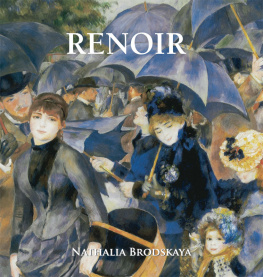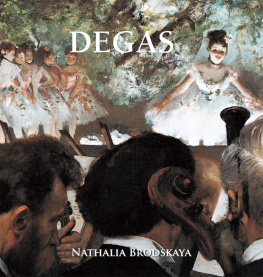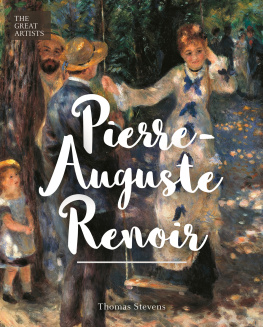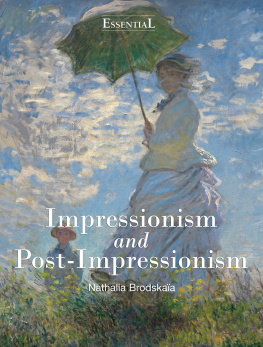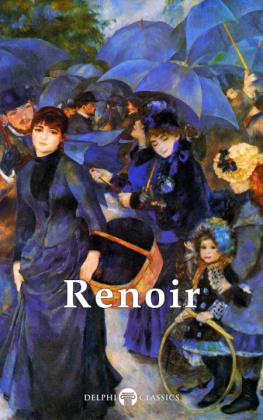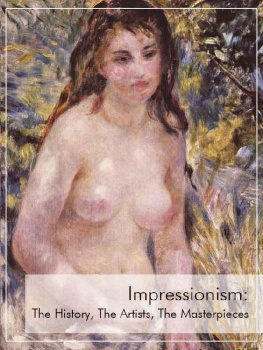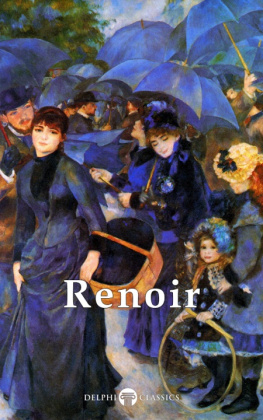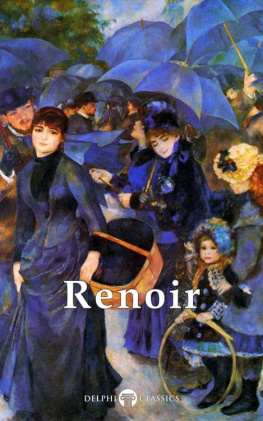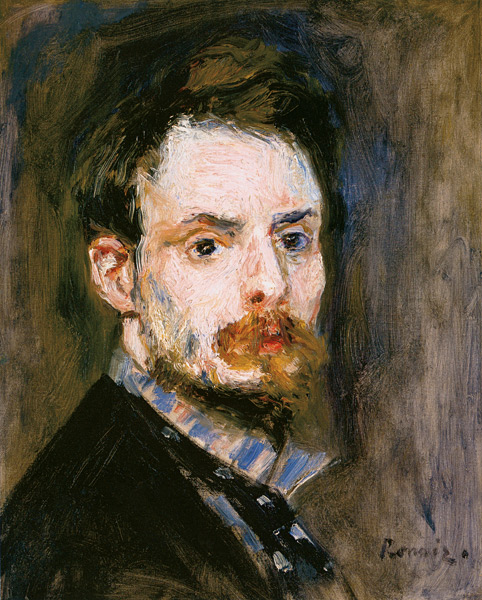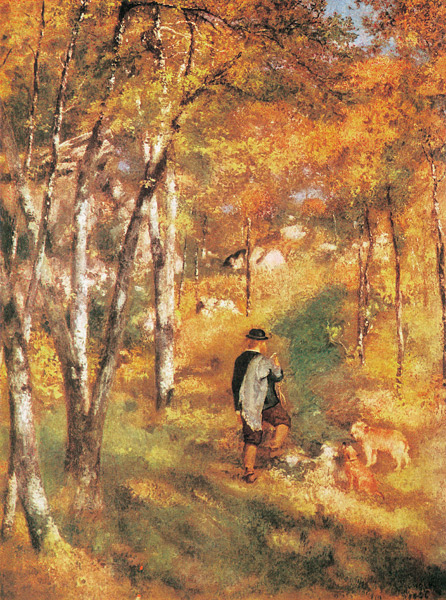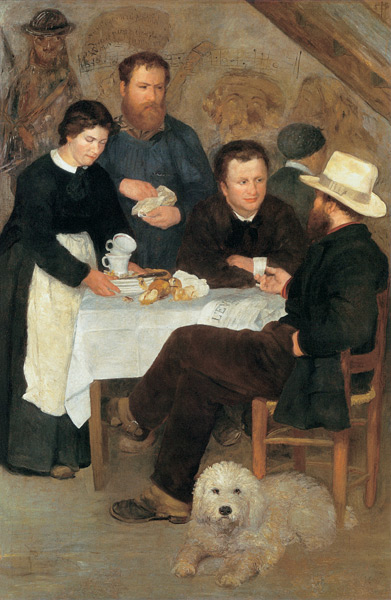Brodskaya Nathalia - Auguste Renoir
Here you can read online Brodskaya Nathalia - Auguste Renoir full text of the book (entire story) in english for free. Download pdf and epub, get meaning, cover and reviews about this ebook. City: New York, year: 2013, publisher: Parkstone Press International, genre: Detective and thriller. Description of the work, (preface) as well as reviews are available. Best literature library LitArk.com created for fans of good reading and offers a wide selection of genres:
Romance novel
Science fiction
Adventure
Detective
Science
History
Home and family
Prose
Art
Politics
Computer
Non-fiction
Religion
Business
Children
Humor
Choose a favorite category and find really read worthwhile books. Enjoy immersion in the world of imagination, feel the emotions of the characters or learn something new for yourself, make an fascinating discovery.
- Book:Auguste Renoir
- Author:
- Publisher:Parkstone Press International
- Genre:
- Year:2013
- City:New York
- Rating:4 / 5
- Favourites:Add to favourites
- Your mark:
Auguste Renoir: summary, description and annotation
We offer to read an annotation, description, summary or preface (depends on what the author of the book "Auguste Renoir" wrote himself). If you haven't found the necessary information about the book — write in the comments, we will try to find it.
Abstract: Pierre-Auguste Renoir was born in Limoges on 25 February 1841. In 1854, the boys parents took him from school and found a place for him in the Lvy brothers workshop, where he was to learn to paint porcelain. Renoirs younger brother Edmond had this to say this about the move: From what he drew in charcoal on the walls, they concluded that he had the ability for an artists profession. That was how our parents came to put him to learn the trade of porcelain painter. One of the Lvys workers, Emile Laporte, painted in oils in his spare time. He suggested Renoir makes use of his canvases and paints. This offer resulted in the appearance of the first painting by the future impressionist. In 1862, Renoir passed the examinations and entered the Ecole des Beaux-Arts and, simultaneously, one of the independent studios, where instruction was given by Charles Gleyre, a professor at the Ecole des Beaux-Arts. The second, perhaps even the first, great event of this period in Renoirs life was his meeting, in Gleyres studio, with those who were to become his best friends for the rest of his days and who shared his ideas about art. Much later, when he was already a mature artist, Renoir had the opportunity to see works by Rembrandt in Holland, Velzquez, Goya and El Greco in Spain, and Raphael in Italy. However, Renoir lived and breathed ideas of a new kind of art. He always found his inspirations in the Louvre. For me, in the Gleyre era, the Louvre was Delacroix, he confessed to Jean. For Renoir, the First Impressionist Exhibition was the moment his vision of art and the artist was affirmed. This period in Renoirs life was marked by one further significant event. In 1873, he moved to Montmartre, to the house at 35 Rue Saint-Georges, where he lived until 1884. Renoir remained loyal to Montmartre for the rest of his life. Here he found his plein-air subjects, his models, and even his family. It was in the 1870s that Renoir acquired the friends who would stay with him for the remainder of his days. One of them was the art-dealer Paul Durand-Ruel, who began to buy his paintings in 1872. In summer, Renoir continued to paint a great deal outdoors together with Monet. He would travel out to Argenteuil, where Monet rented a house for his family. Edouard Manet sometimes worked with them too. In 1877, at the Third Impressionist Exhibition, Renoir presented a panorama of over twenty paintings. They included landscapes created in Paris, on the Seine, outside the city and in Claude Monets garden; studies of womens heads and bouquets of flowers; portraits of Sisley, the actress Jeanne Samary, the writer Alphonse Daudet and the politician Spuller; and also The Swing and The Ball at the Moulin de la Galette. Finally, in the 1880s Renoir hit a winning streak. He was commissioned by rich financiers, the owner of the Grands Magasins du Louvre and Senator Goujon. His paintings were exhibited in London and Brussels, as well as at the Seventh International Exhibition held at Georges Petits in Paris in 1886. In a letter to Durand-Ruel, then in New York, Renoir wrote: The Petit exhibition has opened and is not doing badly, so they say. After all, its so hard to judge about yourself. I think I have managed to take a step forward towards public respect. A small step, but even that is something.
Brodskaya Nathalia: author's other books
Who wrote Auguste Renoir? Find out the surname, the name of the author of the book and a list of all author's works by series.

